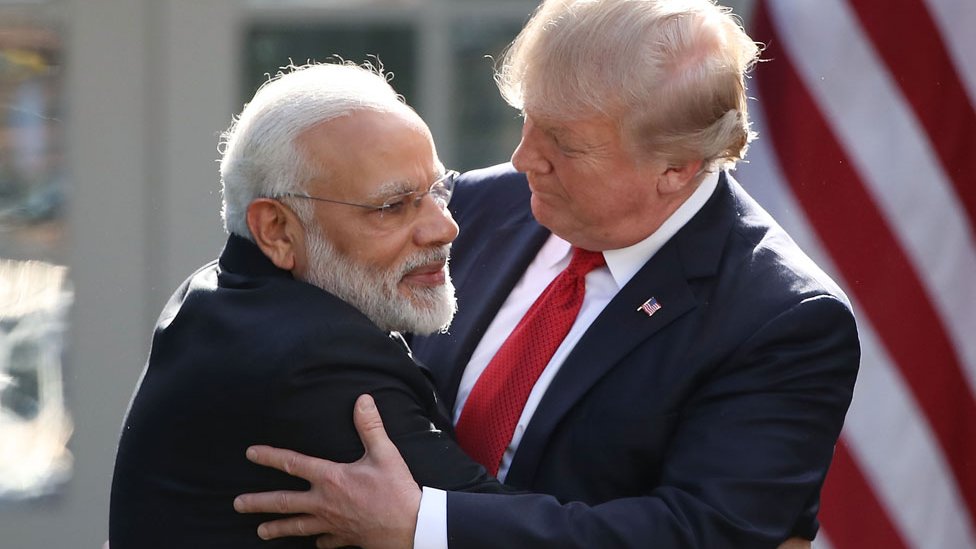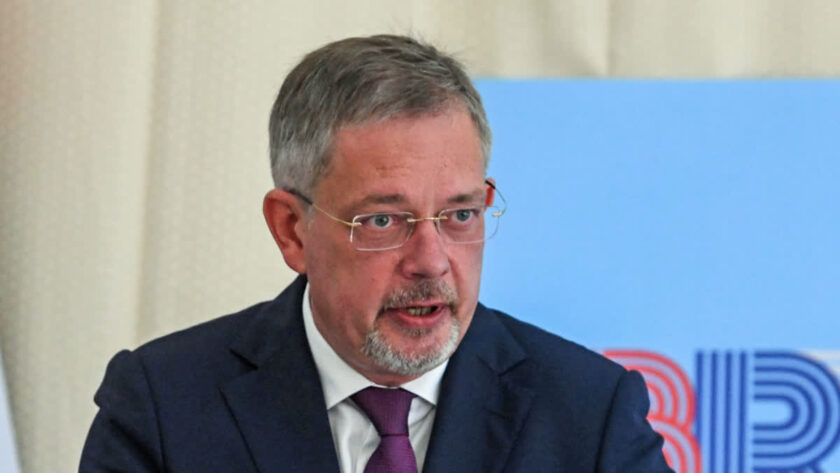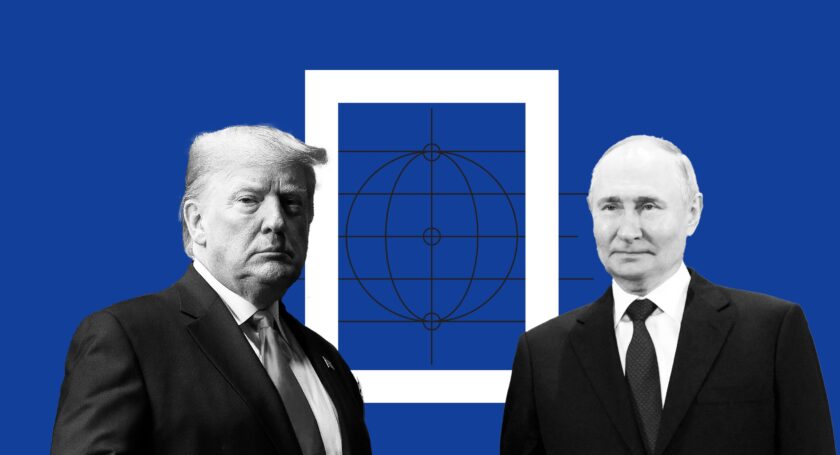Washington: President Donald Trump unveiled a fresh wave of tariffs targeting 14 countries while claiming that a long-anticipated trade deal with India is nearing completion. In a speech from the White House, Trump emphasized his administration’s commitment to trade enforcement, citing progress with key partners but showing no hesitation in penalizing others.
“We’ve secured agreements with the United Kingdom and China, and we’re approaching a final deal with India,” Trump said. “For other countries where deals aren’t progressing, we’re sending notification letters with new tariff instructions.”
The new tariffs—set to take effect August 1—will impact major trade players including South Korea, Japan, Bangladesh, and Thailand. Letters detailing the rate changes are being sent, though Trump noted that “certain countries may see minor adjustments if they provide valid justifications.”
Despite Trump’s optimism, US-India trade talks continue to face major roadblocks. Chief among them is Washington’s demand for greater access to India’s agriculture and dairy markets—sectors that are politically sensitive and economically crucial in India. New Delhi has consistently resisted opening its market to genetically modified crops and dairy products, citing risks to food security and rural livelihoods.
India’s agriculture sector supports over half of its 1.4 billion citizens but contributes only 16% to its GDP. Opening it to cheaper US imports could lower domestic prices and inflame political tensions—something the Indian government is keen to avoid.

India, in turn, is pushing for tariff cuts on labor-intensive exports like textiles, leather goods, and footwear. These sectors are vital for employment and are central to India’s demand for reciprocal access in the proposed deal. Officials argue that the bilateral goal of reaching $500 billion in trade by 2030 cannot be achieved without meaningful tariff concessions from the US.
Trade experts suggest that unlike previous wide-ranging negotiations, the current US-India discussions are focused more tightly on resolving structural tariff imbalances. Indian negotiators have stressed that a final deal must provide equitable benefits on both sides, particularly in high-employment sectors.
While talks continue behind closed doors, the Trump administration’s decision to escalate tariffs elsewhere suggests a tougher stance on trade compliance. Whether this pressure tactic helps seal the deal with India remains to be seen.
In the meantime, global trade watchers are keeping a close eye on whether Trump’s renewed tariff strategy signals the beginning of another trade war or a calculated push for faster bilateral agreements.






